Introduction:
Retaining walls are essential for landscaping, providing stability and structure to sloping terrain. Building a retaining wall can be a daunting task, but with the right materials and a bit of creativity, you can create a beautiful and functional wall to enhance your outdoor space. In this article, we will explore 19 practical DIY retaining wall ideas that you can easily implement in your own backyard. From using simple materials like wood and stone to more unconventional options like recycled tires and pallets, there is a solution for every budget and aesthetic preference.
1. Flower Bed Retaining Wall
Creating a flower bed retaining wall is a beautiful way to add dimension and functionality to your garden. Not only does it help prevent soil erosion, but it also provides a lovely backdrop for your flowers and plants. By using materials like stone, brick, or wood, you can design a retaining wall that complements the overall aesthetic of your outdoor space. Whether you choose a simple, low wall or a more intricate design, a flower bed retaining wall can enhance the beauty of your garden while serving a practical purpose.

source: www.familyhandyman.com
2. DIY Simple Retaining Wall
Constructing a simple retaining wall is a great way to add structure and functionality to your outdoor space. Begin by outlining the area where you want to build the wall. Use basic materials like landscaping blocks or bricks to create the wall, making sure to level each layer as you go. Add gravel behind the wall to aid in drainage and prevent erosion. Finally, finish off the wall with a capstone to provide a polished look. With a little bit of planning and effort, you can easily create a DIY retaining wall that enhances the aesthetics and functionality of your yard.
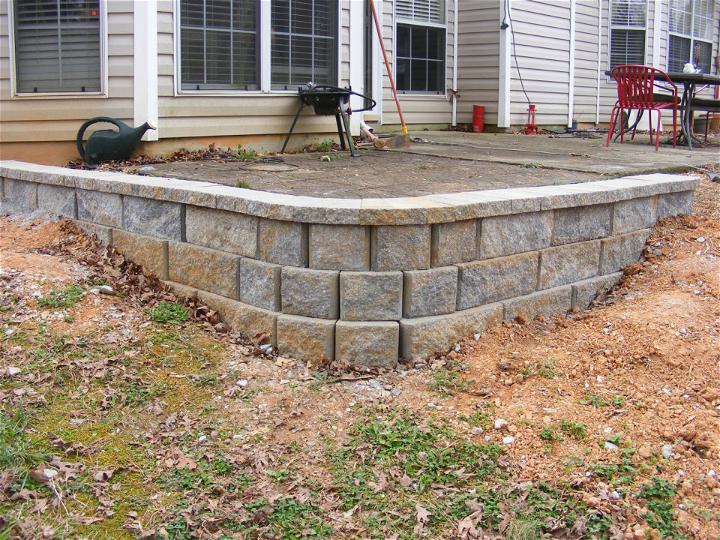
source: fouroakscrafts.com
3. How to Make Your Own Retaining Wall
Making your own retaining wall can be a challenging but rewarding project. To start, you will need to carefully plan the design and layout of your wall, taking into consideration the slope of the land and the materials you will use. Next, you will need to gather the necessary tools and materials, including blocks or stones, mortar, and a level. Begin by digging a trench for the base of the wall and laying a strong foundation. As you stack the blocks or stones, make sure to use a level to ensure they are straight and sturdy. Finally, add drainage behind the wall to prevent water buildup and finish off the top with capstones for a polished look. With patience and attention to detail, you can create a beautiful and functional retaining wall for your property.
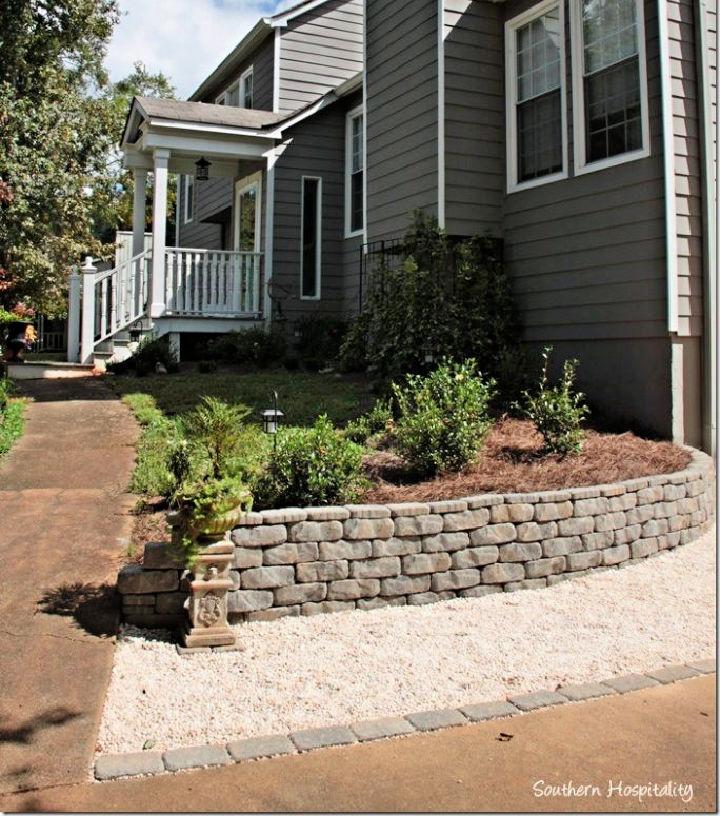
source: southernhospitalityblog.com
4. Concrete Retaining Wall
A concrete retaining wall is a structure typically used in landscaping to prevent soil erosion and create terraced levels in a yard or garden. These walls are made of poured concrete that is reinforced with steel bars to provide strength and stability. The concrete is usually molded into interlocking blocks or panels that can be stacked to create a sturdy barrier that holds back the weight of the soil behind it. Concrete retaining walls are popular for their durability and low maintenance requirements, making them a long-lasting solution for managing slopes and creating usable outdoor spaces.
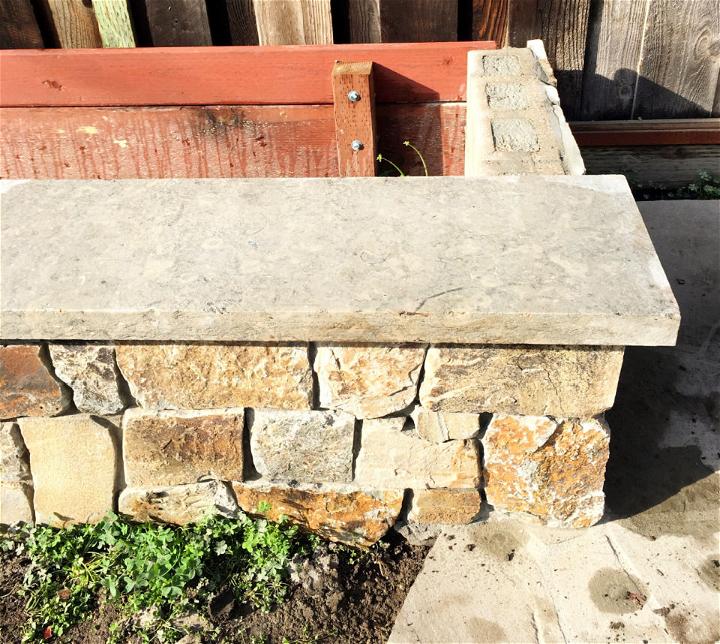
source: https://housetipster
5. Build a Retaining Wall
can be a great way to add both functionality and aesthetic appeal to your outdoor space. Retaining walls are commonly used to help prevent erosion, create flat surfaces on sloped land, and define different areas of a yard. Whether you choose to build a retaining wall out of concrete blocks, timber, or natural stone, it is important to carefully plan and execute the project to ensure stability and longevity. With the right materials and construction techniques, a retaining wall can enhance the overall look and functionality of your property for years to come.
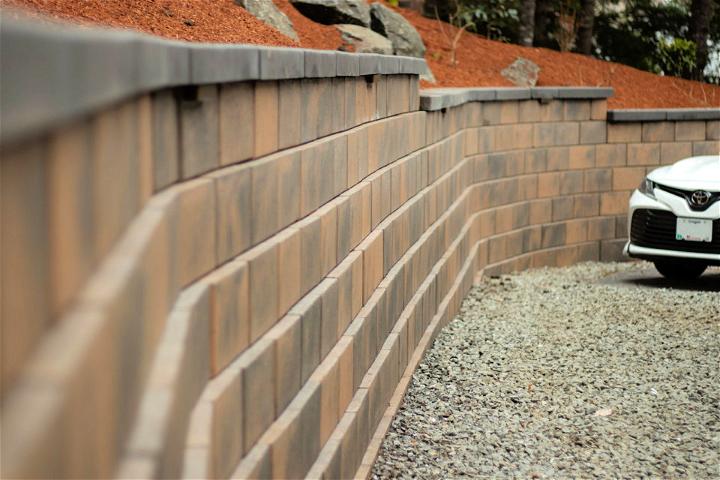
source: westerninterlock.com
6. DIY Concrete Retaining Wall
Building a concrete retaining wall can provide both functionality and aesthetic appeal to your outdoor space. With the right tools and materials, constructing a retaining wall can be a rewarding DIY project. Start by planning the location and size of the wall, then dig a trench and lay a solid foundation. Next, mix and pour the concrete into molds to create the wall panels. Once the panels have dried, assemble and secure them in place using mortar. Finally, backfill the area behind the wall with gravel or soil to complete the project. A concrete retaining wall can add value to your property while also preventing soil erosion and creating a durable structure for landscaping.
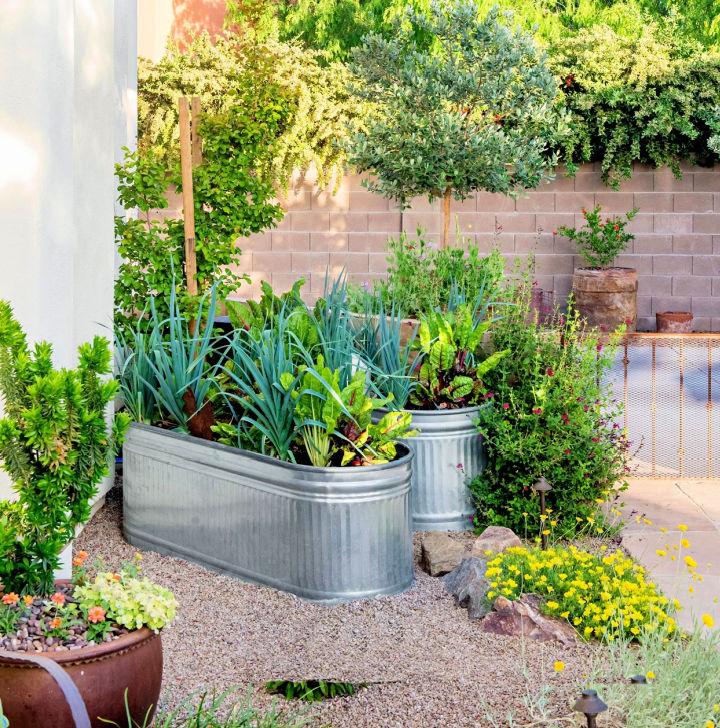
source: bhg.com/home-improvement
7. Wooden Retaining Wall Plan
When designing a wooden retaining wall, it is important to consider the type of wood being used, the dimensions of the wall, and the overall layout of the area. The choice of wood will impact the durability and longevity of the wall, with pressure-treated lumber being a popular option for its resistance to decay and rot. The dimensions of the wall should be carefully calculated to ensure stability and effectiveness in preventing soil erosion. Additionally, the layout of the area must be taken into account to determine the best placement for the retaining wall and any necessary drainage systems. Overall, a well-thought-out plan is essential for the successful construction of a wooden retaining wall that is both functional and aesthetically pleasing.
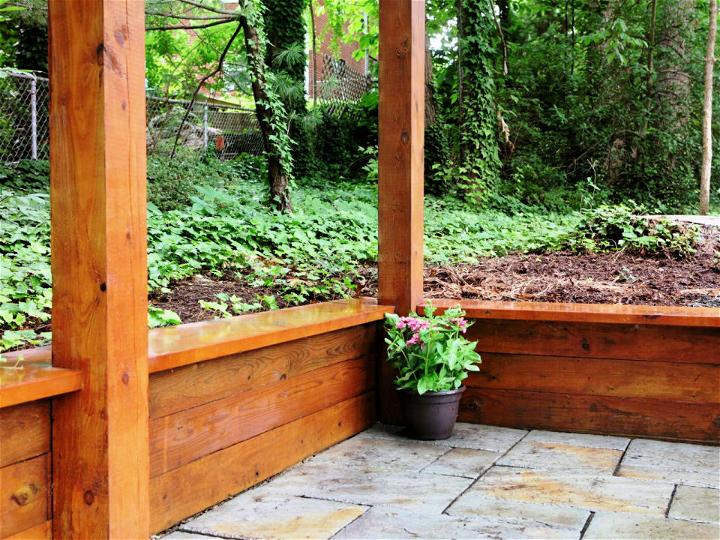
source: hgtv.com/outdoors
8. DIY Retaining Wall on a Slope
Building a retaining wall on a slope can be a challenging but rewarding DIY project. Retaining walls are essential for preventing erosion and stabilizing the soil on a slope. To create a sturdy and effective retaining wall, you will need to carefully plan the layout, choose the right materials, and follow proper construction techniques. Some popular options for materials include interlocking concrete blocks, natural stone, or timber. Make sure to properly prepare the foundation, backfill behind the wall, and provide proper drainage to ensure the longevity of your retaining wall. With careful planning and attention to detail, you can successfully build a beautiful and functional retaining wall on a slope.
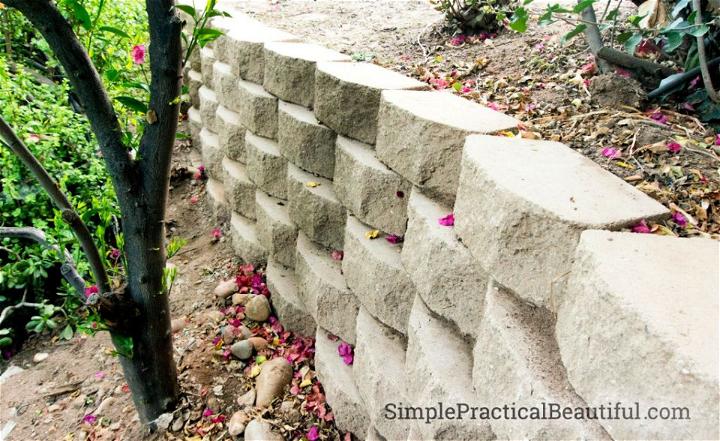
source: simplepracticalbeautiful.com
9. Make Your Own Retaining Wall
Creating your own retaining wall can be a rewarding project that adds both functionality and aesthetic appeal to your outdoor space. Start by carefully planning the design and layout of your wall, considering factors like the height, materials, and drainage needs. Next, gather the necessary supplies such as bricks, stones, or wood blocks, and prepare the site by leveling the ground and digging a trench for the base. Assemble the wall by stacking the materials in a sturdy and secure manner, making sure to backfill and compact the soil behind the wall to provide extra support. Finally, add finishing touches like plants or decorative elements to complete the look of your homemade retaining wall.
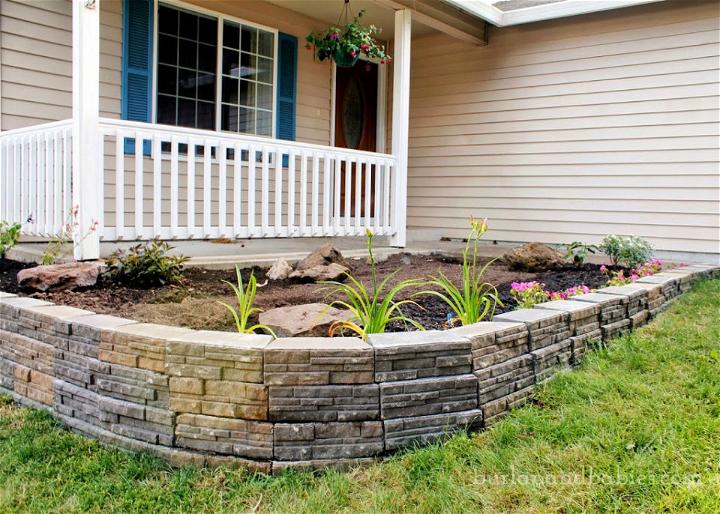
source: acraftedpassion.com
10. Build a Block Retaining Wall
Building a block retaining wall is a great way to add structure and functionality to your outdoor space. Not only can a retaining wall provide support for a sloping yard, but it can also create additional seating or garden beds. The process involves carefully planning the design, leveling the area, laying the blocks in the desired pattern, and securing them with adhesive or mortar. With proper construction and maintenance, a block retaining wall can enhance the aesthetic appeal and functionality of your landscaping for years to come.
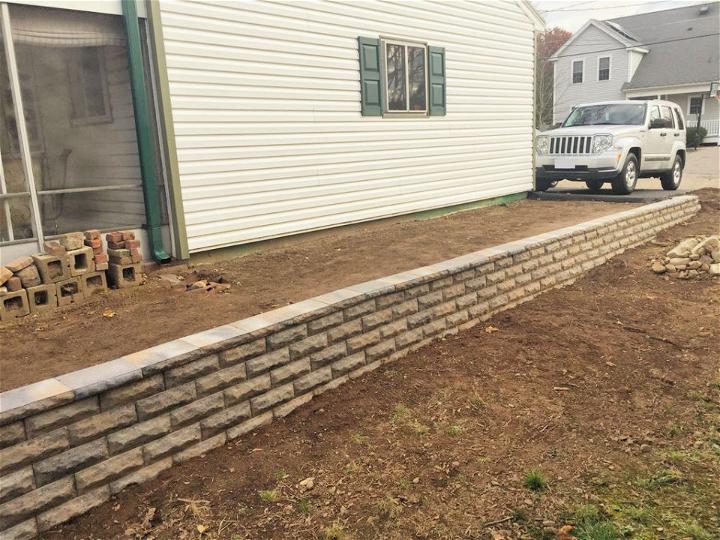
source: www.instructables.com
11. Build Your Own Retaining Wall
Building your own retaining wall can be a rewarding and cost-effective way to enhance your outdoor space. By using materials such as bricks, stones, or concrete blocks, you can create a structure that not only adds visual appeal but also serves a functional purpose in preventing soil erosion and creating flat, usable areas in your yard. With proper planning, preparation, and execution, you can successfully build a retaining wall that adds value to your property and improves the overall aesthetics of your landscape.
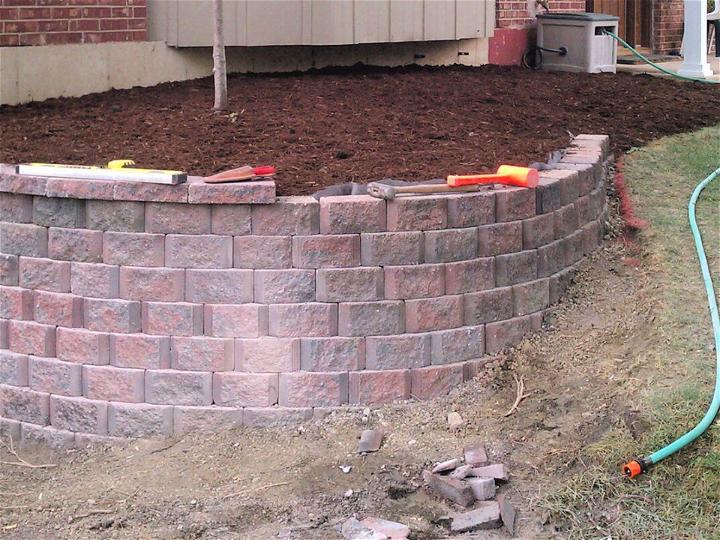
source: www.homeserve.com
12. Small Retaining Wall Plan
When considering building a small retaining wall, it is important to start with a solid plan. Begin by determining the purpose of the wall – whether it is to prevent soil erosion, create a level area for landscaping, or simply add aesthetic appeal to the space. Next, calculate the height and length of the wall, as well as the type of materials you will need to construct it. Consider using interlocking blocks or natural stone for a sturdy and visually appealing finish. Make sure to properly prepare the site by leveling the ground and compacting the soil before starting construction. Following these steps will help ensure a successful and long-lasting small retaining wall for your outdoor space.
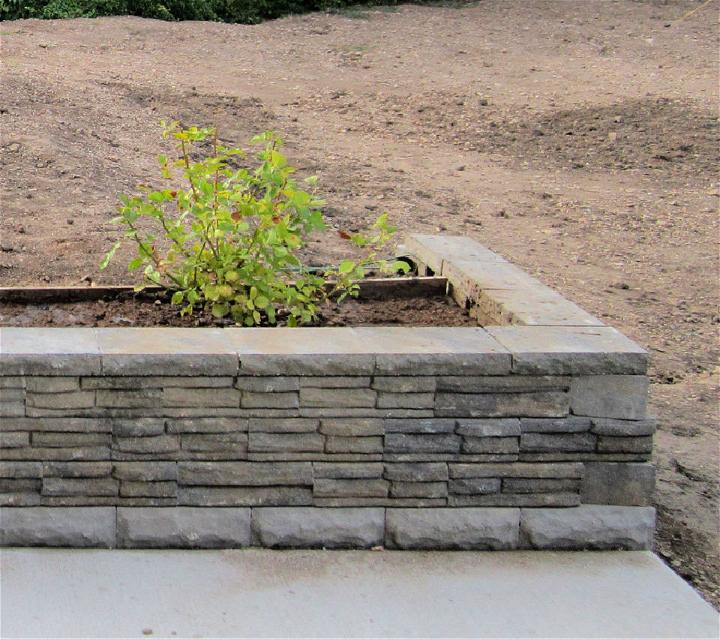
source: simplepracticalbeautiful.com
13. Outdoor Wooden Retaining Wall
An outdoor wooden retaining wall can be a beautiful and functional addition to any yard or garden. These structures not only help prevent erosion and manage water runoff, but they also provide a natural and rustic aesthetic to the landscape. Wooden retaining walls are versatile and can be easily customized to fit the specific needs and style preferences of the homeowner. With proper maintenance and treatment, a wooden retaining wall can last for many years, adding both value and charm to the outdoor space.
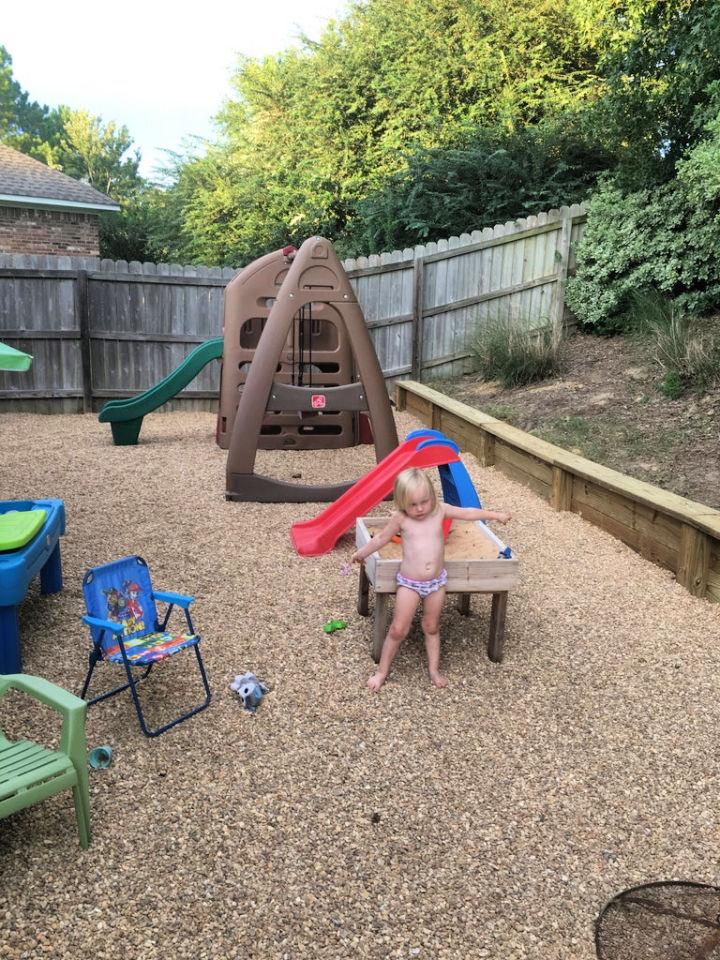
source: www.instructables.com
14. Free Standing Gravity Gabion Retaining Wall
A free-standing gravity gabion retaining wall is a unique and effective way to prevent soil erosion and provide structural support to sloped areas. These walls are constructed using wire baskets filled with rocks or stones, creating a flexible and porous structure that allows water to drain through while still providing stability. The free-standing design means that these walls do not require additional support or anchoring, relying instead on their weight and the force of gravity to hold back the soil. This makes them a cost-effective and environmentally-friendly solution for retaining walls in various landscaping and civil engineering projects.
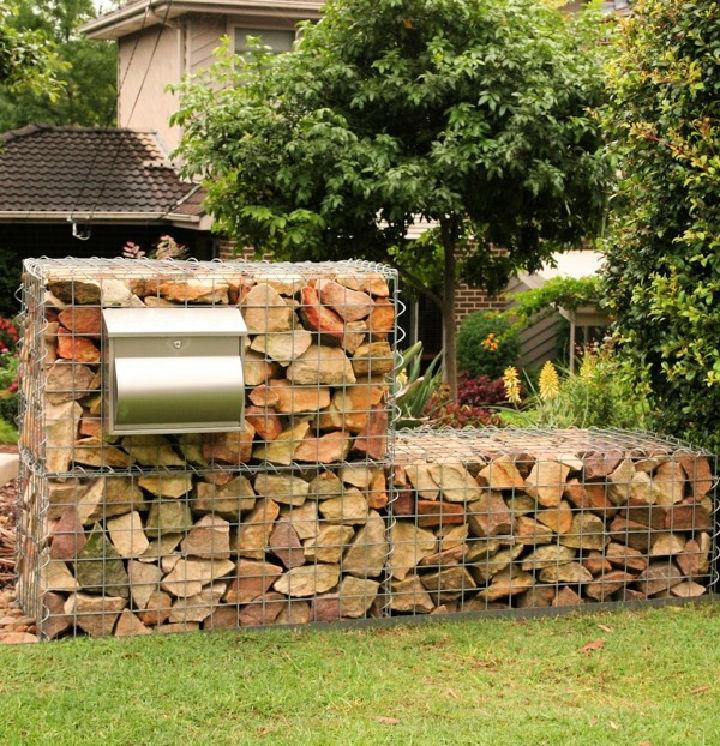
source: gardendrum.com
15. Build a Concrete Retaining Wall
Building a concrete retaining wall is a great way to add both functionality and aesthetic appeal to your property. These walls can help prevent soil erosion, create landscaping terraces, and provide structural support for areas with uneven terrain. The process of building a concrete retaining wall involves careful planning, excavation, pouring concrete into forms, and finishing the surface to your desired look. It is important to consult with professionals and ensure that the wall is built to code in order to ensure its durability and longevity. Overall, a concrete retaining wall can be a valuable addition to any outdoor space.
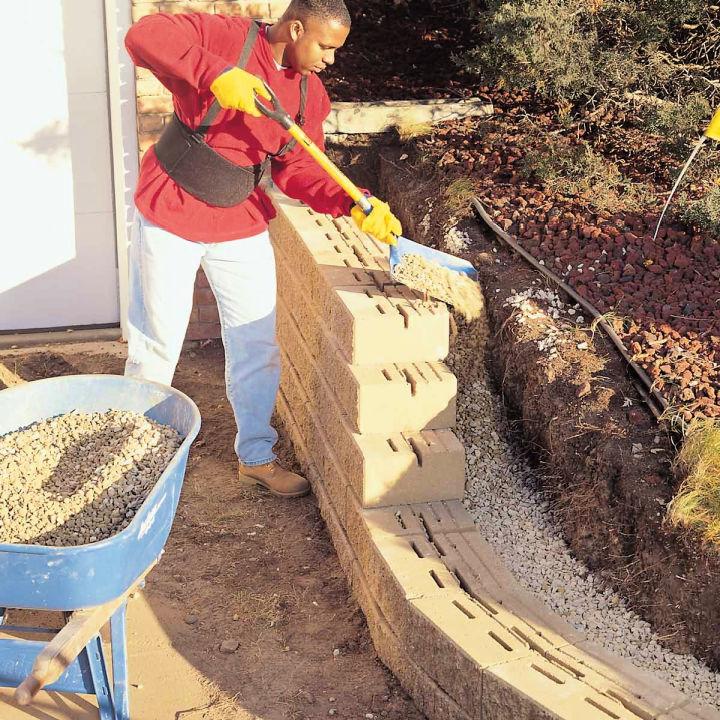
source: www.familyhandyman.com
16. Boulder Retaining Wall for Garden
A boulder retaining wall can be a beautiful and functional addition to any garden. These walls are not only visually appealing but also serve the important purpose of holding back soil and preventing erosion. Boulder walls are durable and can withstand the elements, making them a long-lasting solution for landscaping. Additionally, the natural look of boulders can complement the aesthetic of a garden, creating a seamless transition between the hardscape and softscape elements. Overall, a boulder retaining wall is a practical and attractive choice for enhancing the beauty and functionality of any garden space.
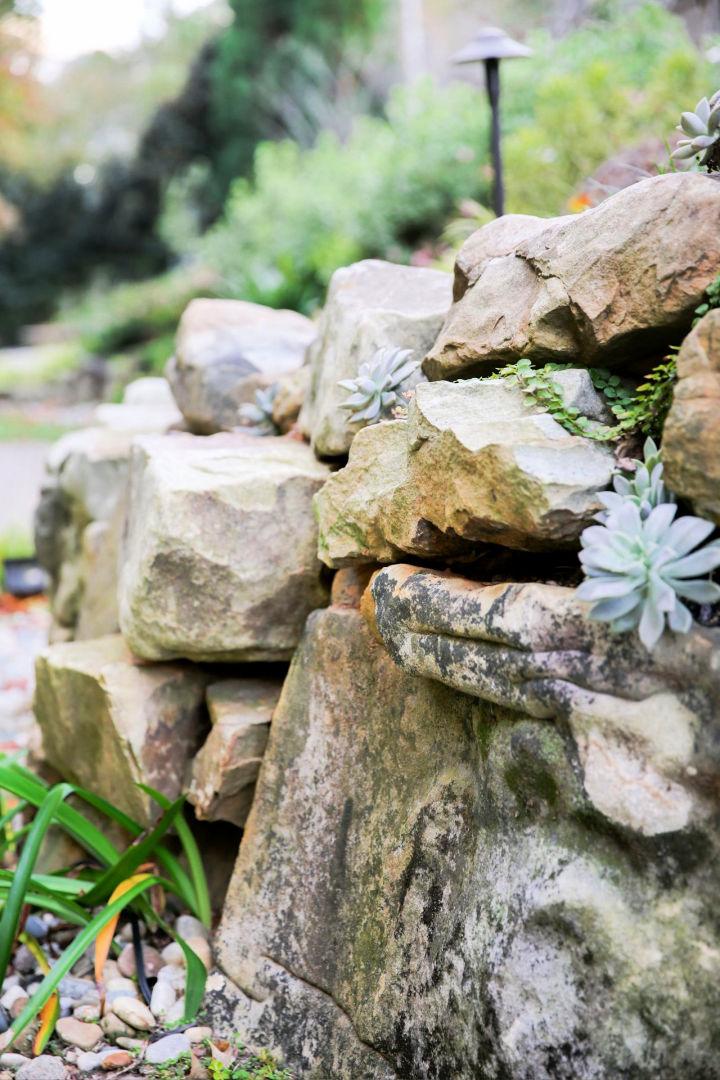
source: www.hgtv.com
17. DIY Landscape Retaining Wall
Building a landscape retaining wall on your own can be a rewarding project that adds both functionality and aesthetic appeal to your outdoor space. By using materials such as bricks, stones, or timber, you can create a structure that helps prevent soil erosion, defines different areas of your garden, and adds vertical interest. Make sure to plan out the wall’s layout and size carefully, ensuring proper drainage and stability. With some basic tools and a bit of patience, you can create a beautiful and functional retaining wall that enhances your landscape design.
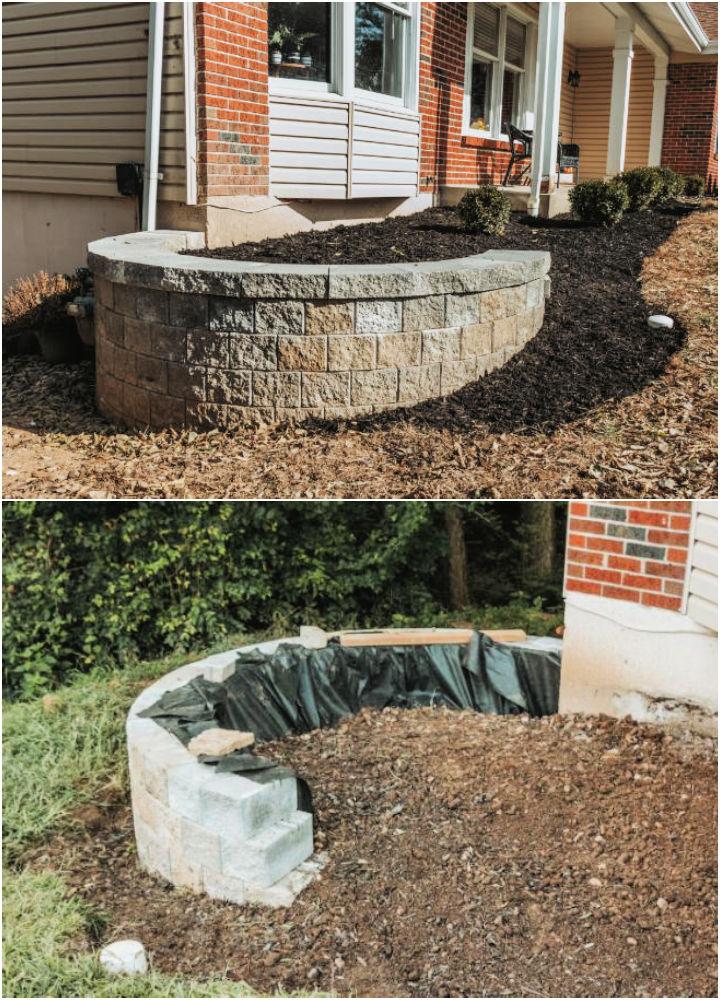
source: grovehousereno.com
18. Railroad Tie Retaining Wall
Railroad tie retaining walls are a popular choice for creating a strong and durable barrier for landscaping and erosion control. These walls are constructed using old railroad ties stacked horizontally and anchored into the ground. The ties are typically made of sturdy wood like oak or cedar, making them resistant to decay and able to withstand the pressure of soil behind them. Railroad tie retaining walls can be a cost-effective and environmentally friendly way to add structure and aesthetic appeal to outdoor spaces.
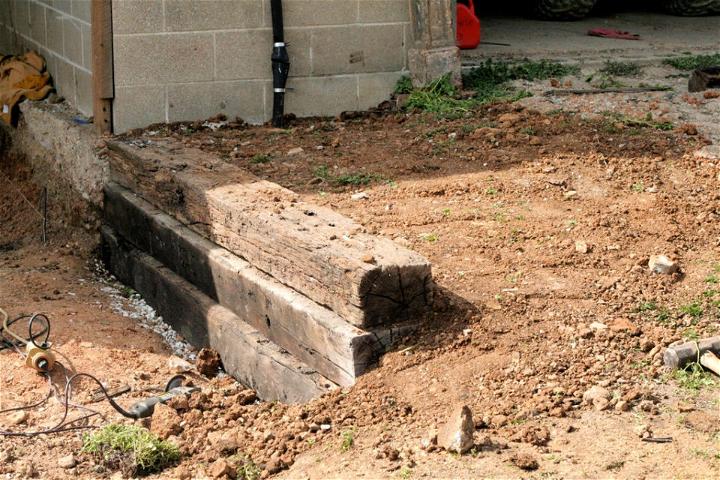
source: www.instructables.com
19. How to Build a Drystone Retaining Wall
Building a drystone retaining wall involves careful planning and preparation. First, you need to choose a suitable location and determine the size and height of the wall. Next, mark the area where the wall will be constructed and clear away any vegetation or debris. Begin by digging a trench for the foundation and filling it with a base material like gravel or crushed stone. Then, start stacking the stones tightly together, making sure to alternate the direction of the stones for stability. As you build upwards, periodically tamp down the stones and check for levelness. Finally, backfill behind the wall with soil and compact it to provide additional support. The end result will be a durable and visually appealing retaining wall that adds both function and beauty to your landscape.
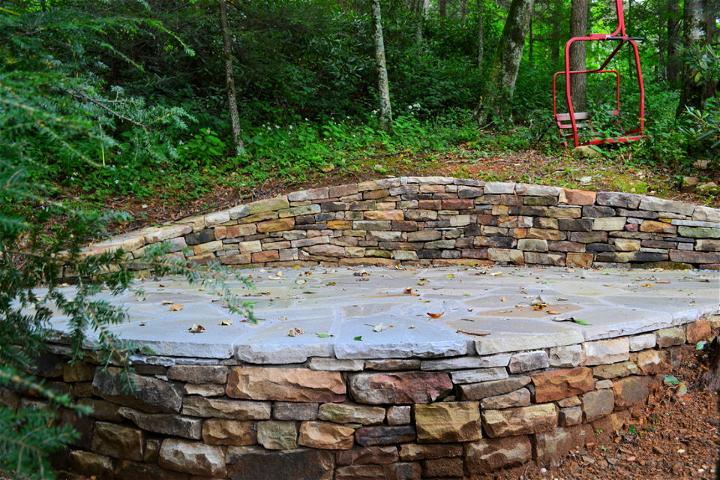
source: www.livingstonemasons.com
FAQ:
Q: Can I build a retaining wall myself?
A: Yes, with the right tools and materials, you can build a DIY retaining wall.
Q: Do I need a permit to build a retaining wall?
A: It depends on your local building codes. Check with your city or county government for specific requirements.
Q: What materials can I use for a DIY retaining wall?
A: Common materials include concrete blocks, wood, natural stone, and railroad ties.
Q: How tall can a DIY retaining wall be?
A: The height of your retaining wall will depend on factors like the soil, slope, and materials used. Consult a professional for taller walls.
Conclusion:
Building a retaining wall can be a great way to add functionality and aesthetic appeal to your outdoor space. From using simple materials like railroad ties or concrete blocks to incorporating more creative elements like gabion baskets or plants, there are plenty of DIY options to choose from. Whether you are looking to level out your yard, create a garden bed, or define different areas in your landscape, these 19 practical DIY retaining wall ideas provide a variety of options to suit your needs and style. By following these ideas and using your creativity, you can easily transform your outdoor space while also adding value to your property.








